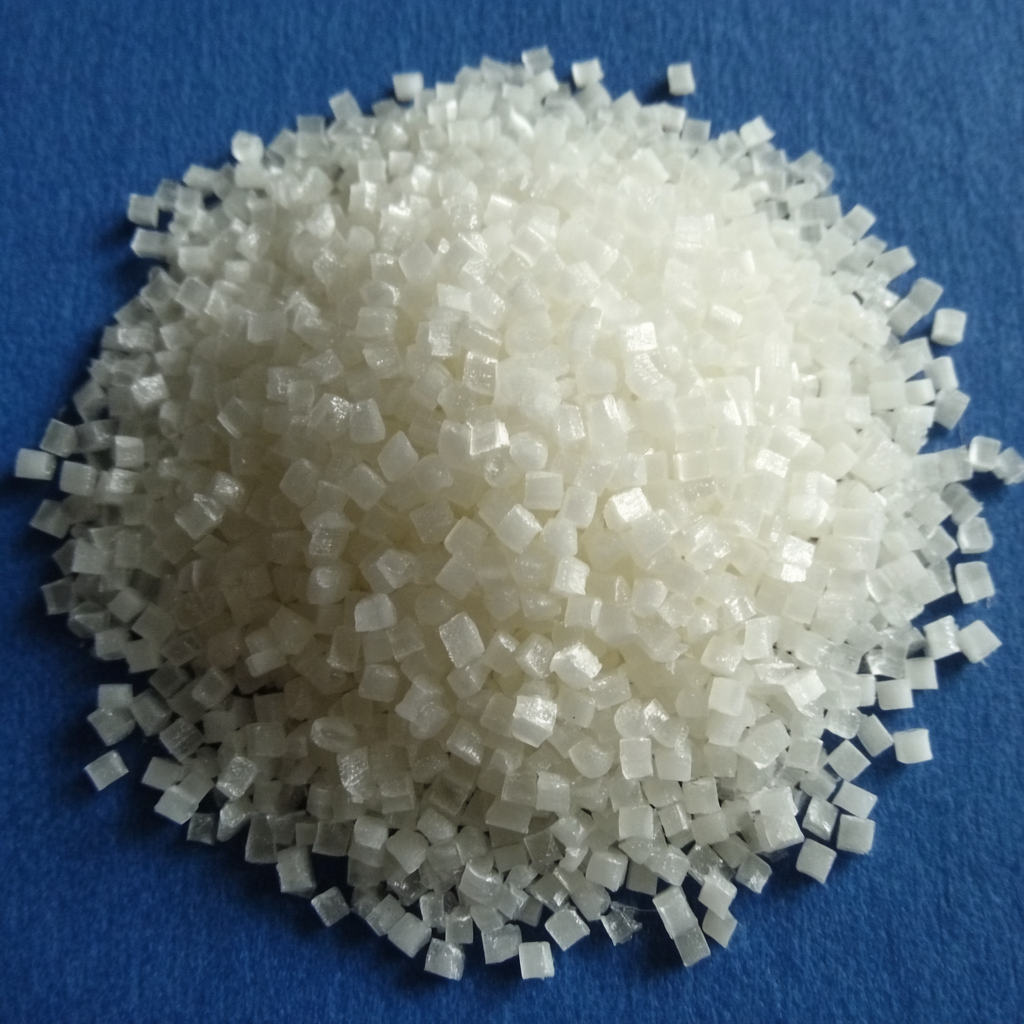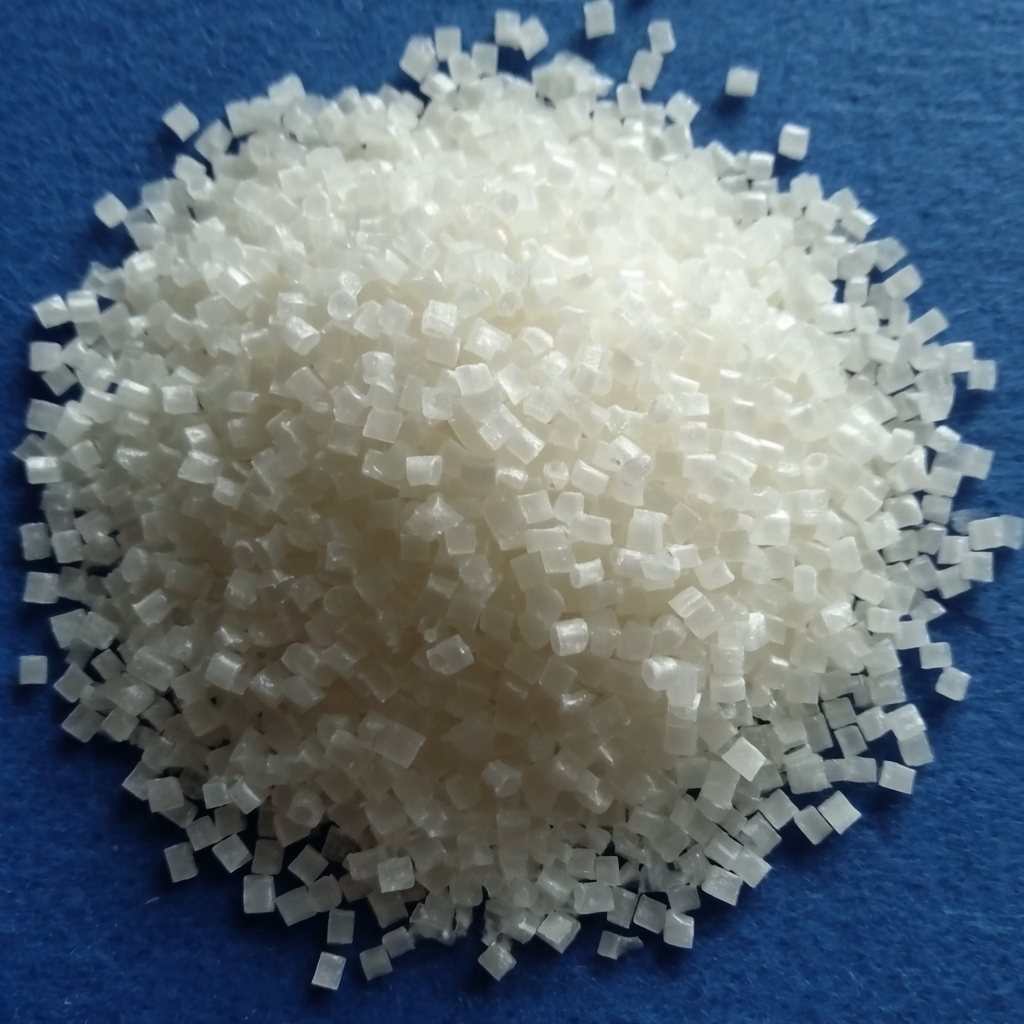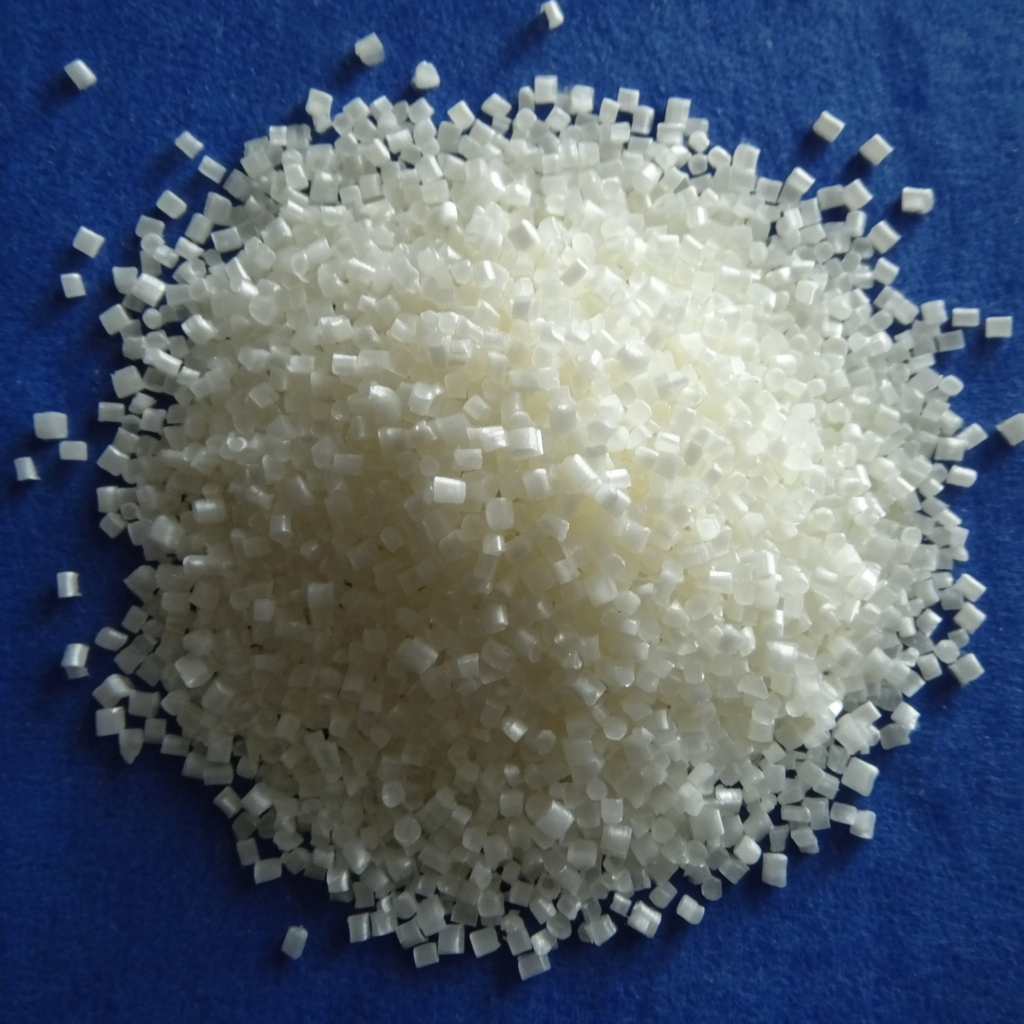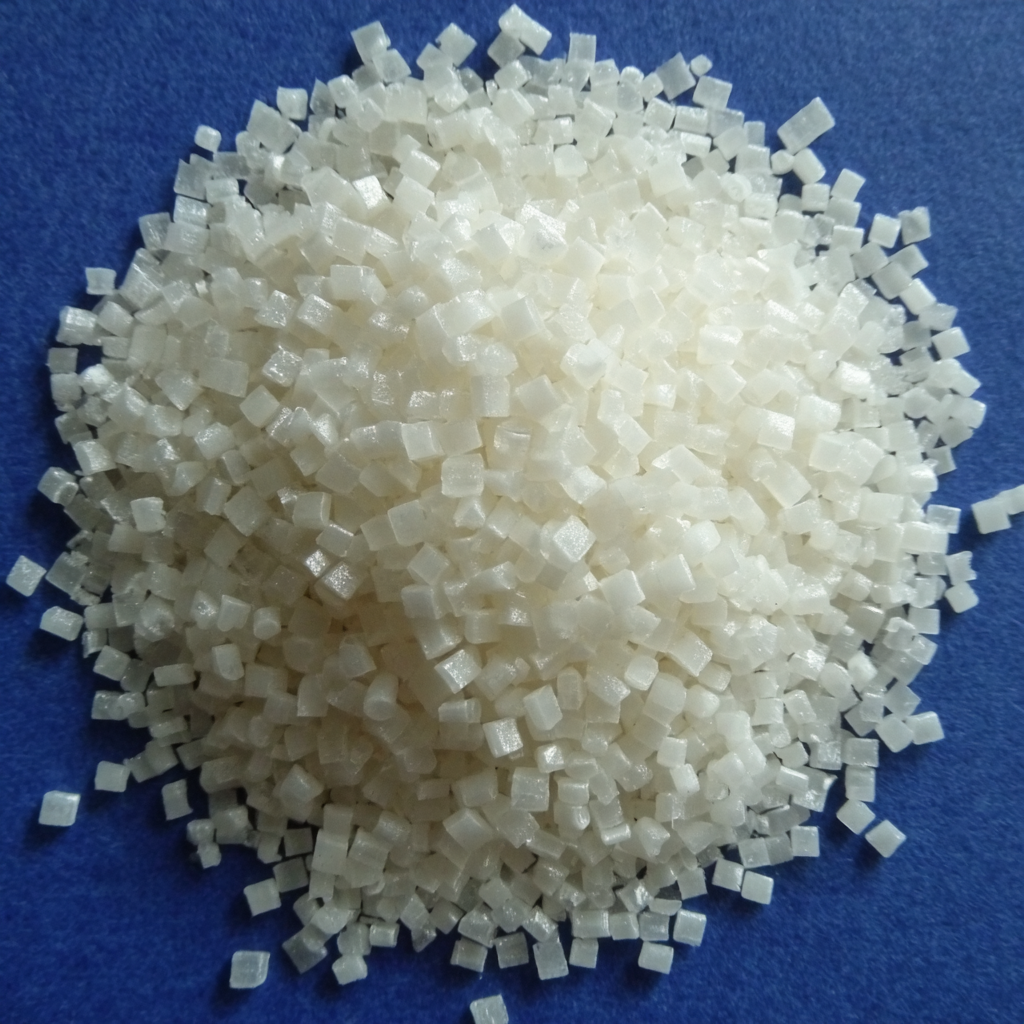Texin — ABS material injection molding products built for demanding applications
Texin is committed to providing customers with quality products and services
Texin delivers high‑quality ABS material injection molding products for demanding applications. We enforce strict controls—drying ≤0.13% moisture, precise barrel/mold temps (160–250°C), wall thickness ~1.8–2.3mm and 0.4–0.7% shrinkage—to ensure consistent finish, electroplating readiness and low‑odor options.
Classification:
Plastic pellets
Key words:
Get Quote
At Texin we specialize in ABS material injection molding products that meet high aesthetic, mechanical and production standards. ABS (Acrylonitrile‑Butadiene‑Styrene) combines surface hardness, rigidity and rubbery impact resistance, making it ideal for TV and appliance housings, automotive interior trim, electroplated decorative parts and other high‑value components. Because these parts must deliver consistent gloss, tight dimensions and long service life, ABS molding requires strict process control — and Texin has that expertise.

Why choose Texin for ABS material injection molding products
- Proven experience with electroplating‑grade and decorative ABS, low‑odor and heat‑resistant grades.
- Tight process controls to avoid common ABS issues (surface silvering, weld lines, discoloration, carbonized specks).
- Engineering support for wall thickness, shrinkage compensation and tooling temperature control to secure appearance and fit.

Critical processing facts we follow (practical, numbers‑based)
- Drying: ABS is hygroscopic. Target residual moisture ≤ 0.13%. Typical drying: winter 75–80 °C for 2–3 h; humid season 80–90 °C for 4–8 h. For highest gloss or complex parts dry 8–16 h. Use a heated hopper dryer and monitor humidity.
- Injection/plasticization temps: ABS plasticization window is narrow — typical recommended plasticizing range ~220–250 °C but excessive temperature causes thermal degradation. For machine settings: plunger machines 180–230 °C; screw machines 160–220 °C. Front barrel and nozzle temperature control are critical.
- Mold temperature: keep mold surface relatively warm. Typical mold temperature 75–85 °C; for large projection parts fixed half 70–80 °C and moving half 50–60 °C. Proper mold heat reduces warpage and improves surface finish.
- Wall thickness & shrinkage: design guideline wall thickness ~1.8–2.3 mm; typical shrinkage 0.4–0.7% — design tooling allowance accordingly.
- Shot volume & speed: many shops run shot volume at ~75% of standard, but for surface uniformity and dimensional stability we recommend ~50% of rated injection volume when possible. Use medium injection speed for general parts; increase speed only as needed for thin‑wall fills.
- Pressure: ABS melts have higher viscosity than PS — higher injection pressure is common, but overpressure causes sticking and flash. Balance holding pressure to avoid surface clouding or adhesion.

Top producer/consumer questions (concise answers)
- Q: How do you avoid surface “silvering” or clouding?
A: Control residual moisture (≤0.13%) with proper drying; maintain stable front‑end temperatures and moderate holding pressure; mold at 75–85 °C for best surface gloss. - Q: What causes brown/black carbon specks on parts?
A: Local overheating and long residence time in the barrel cause thermal degradation of the butadiene phase — keep barrel temps within recommended ranges (screw 160–220 °C; plunger 180–230 °C), purge properly and control back‑pressure. - Q: Can ABS parts be electroplated?
A: Yes — use electroplating‑grade ABS or ABS/PMMA surface systems, correct surface preparation and low‑stress molding to ensure plating adhesion. - Q: What wall thickness and shrinkage should I design for?
A: Aim for 1.8–2.3 mm wall thickness; account for 0.4–0.7% shrinkage in tooling. - Q: How do you ensure low odor for interior automotive parts?
A: Specify low‑odor ABS grades and control molding conditions; Texin offers low‑VOC/low‑odor formulations and testing support. - Q: How to avoid weld lines and poor gloss?
A: Keep barrel/nozzle/mold temperatures stable, use medium injection speed, and ensure adequate holding pressure and venting. Weld lines often reflect temperature or flow imbalance. - Q: Are ABS parts recyclable or compliant?
A: ABS is widely recycled; compliance (REACH/RoHS, UL ratings) depends on grade and additives — Texin can advise on formulations and certification needs.

Summary:
ABS material injection molding products demand disciplined processing: controlled drying (≤0.13% moisture), precise temperature windows (barrel/nozzle and mold), correct wall thickness (≈1.8–2.3 mm) and informed decisions on shot volume, speed and pressure. Texin combines hands‑on molding experience with engineering controls to deliver ABS parts with reliable mechanical properties, consistent surface quality and the specialized options customers require — from electroplated décor to heat‑resistant or low‑odor automotive interiors.
Looking for reliable ABS material injection molding products? Send Texin your drawing and specs — we’ll recommend grade, molding window and a prototyping plan to meet your performance and appearance targets.
● Many years of mold design, development and manufacturing experience
● Pursue excellence and cast high quality
● High quality, high efficiency and high precision
● Take the initiative to provide timely, fast and dynamic customer service








A simple 3-step process for quickly obtaining a commercial offer
Step 1: Leave your details and our technical specialists will contact you within 24 hours.
Step 2: Confirm the materials for the production process and technical specifications.
Step 3: Get the commercial offer and the lead time.
Next Page

